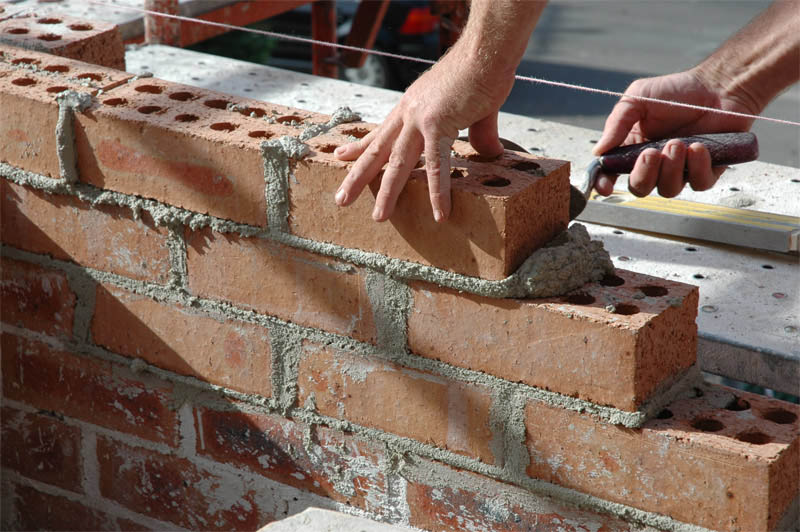The Construction Bricklayer
A bricklayer can be called a mason or craftsman who is trained to lay bricks during construction. A bricklayer goes under an apprenticeship program so that he qualifies for this type of work in the country. This program may take up to three years before the bricklayer can be allowed to work. The act of bricklaying is an old profession that has become a modern day construction career in Canada. There are trade schools in Canada that handle the training of bricklayers and give them in depth training.
Construction Bricklayer Jobs Calgary
A lot of construction sites need these men to help them make bricks or blocks in the construction of buildings or structures. The bricklayers are trained, licensed and certified to work in different regions in the country. A bricklayer can earn an average of C$26.07 per hour.
Traditionally, men are bricklayers. A construction bricklayer makes it easier for those at construction sites. There are unions that are in charge of bricklayers in Canada. It may be difficult for a bricklayer from another region to work somewhere that he does not have certification to work. This is the reason why every region that is guarded by a union to ensure that it is only those who are certified that can work within that vicinity.
There are good prospects for bricklayers in Canada with a growing number of construction jobs. It is a career that a lot of men are joining because it is easier to learn and understand with the apprenticeship program.
